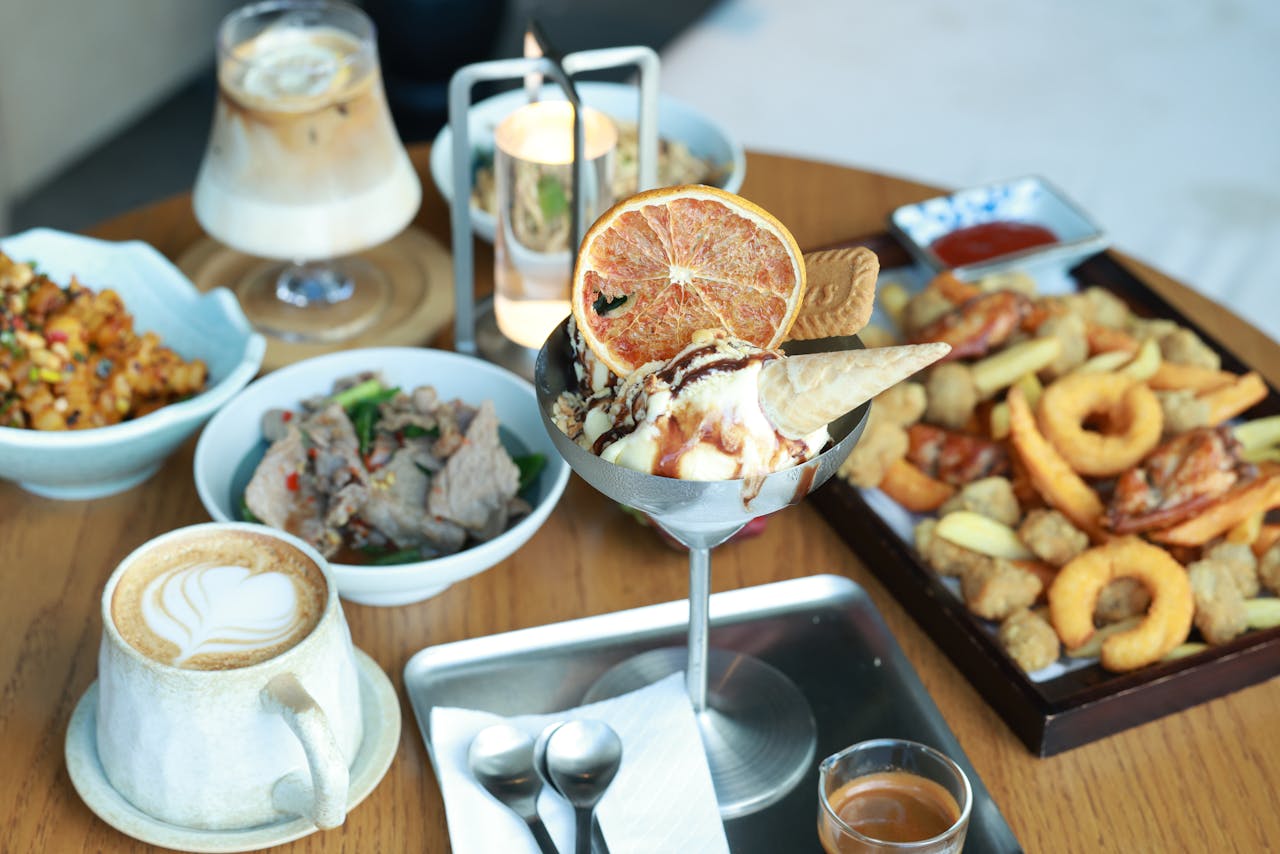Presidential menus say more than a seating chart ever could. Inside the residence, small bans turn into house rules, and private tastes ripple through state dinners, receptions, and the daily tray. Some choices aim at health or wartime solidarity. Others reflect a single off-limits ingredient that chefs learn to avoid without complaint. Over years, these preferences harden into custom. What never reaches the plate helps shape a public image, a family rhythm, and the feel of power at dinner.
Broccoli’s Presidential Downfall
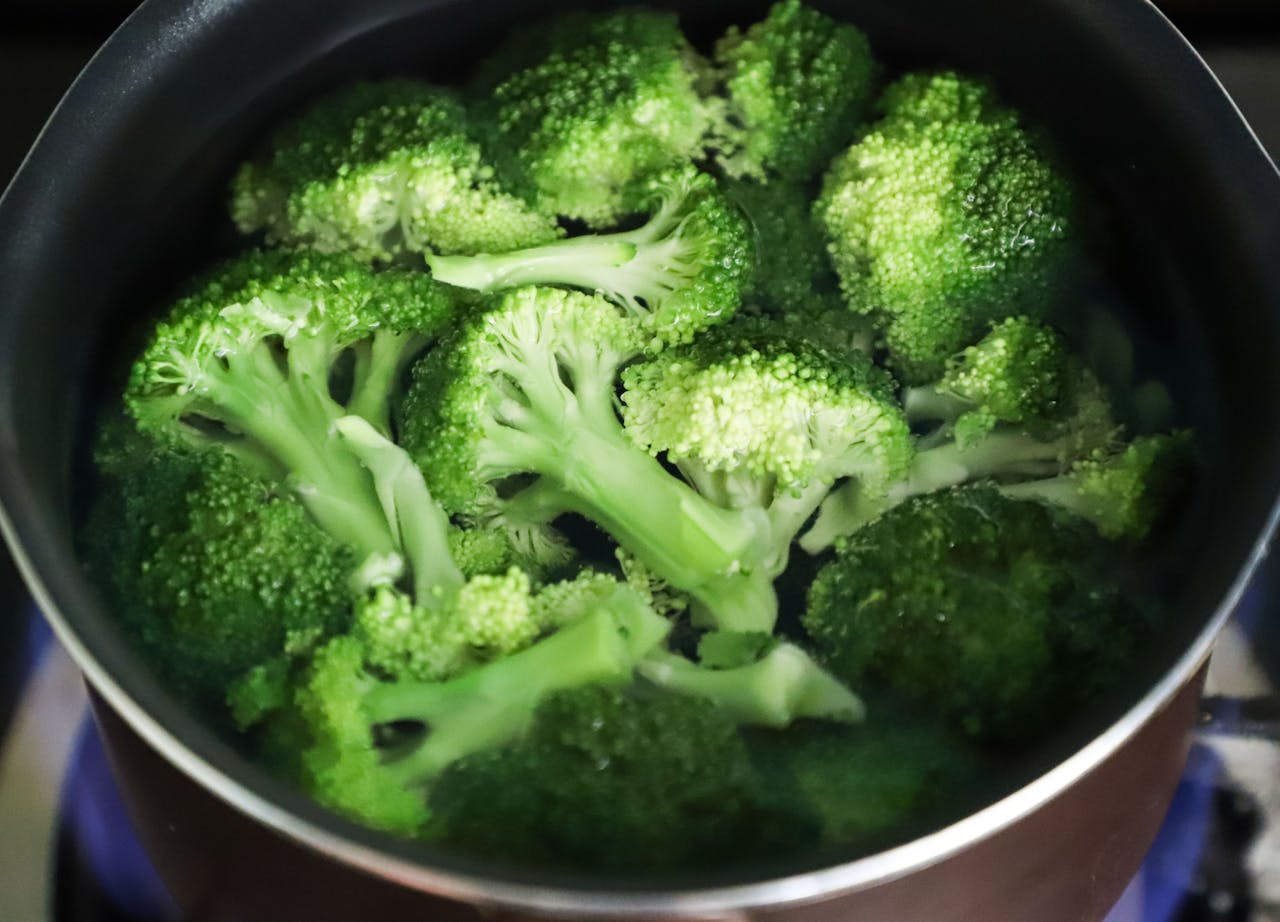
George H. W. Bush turned a childhood dislike into policy, ordering broccoli off White House menus and Air Force One service. Barbara Bush confirmed the freeze spread to Brussels sprouts, cauliflower, and cabbage after his 60th birthday. Kitchen staff stopped disguising florets in quiche or salads and moved on. Growers protested, late-night jokes flew, and a simple preference became cultural shorthand for a president comfortable saying no, even to a vegetable with a loyal following.
Macaroni and Cheese Controversy
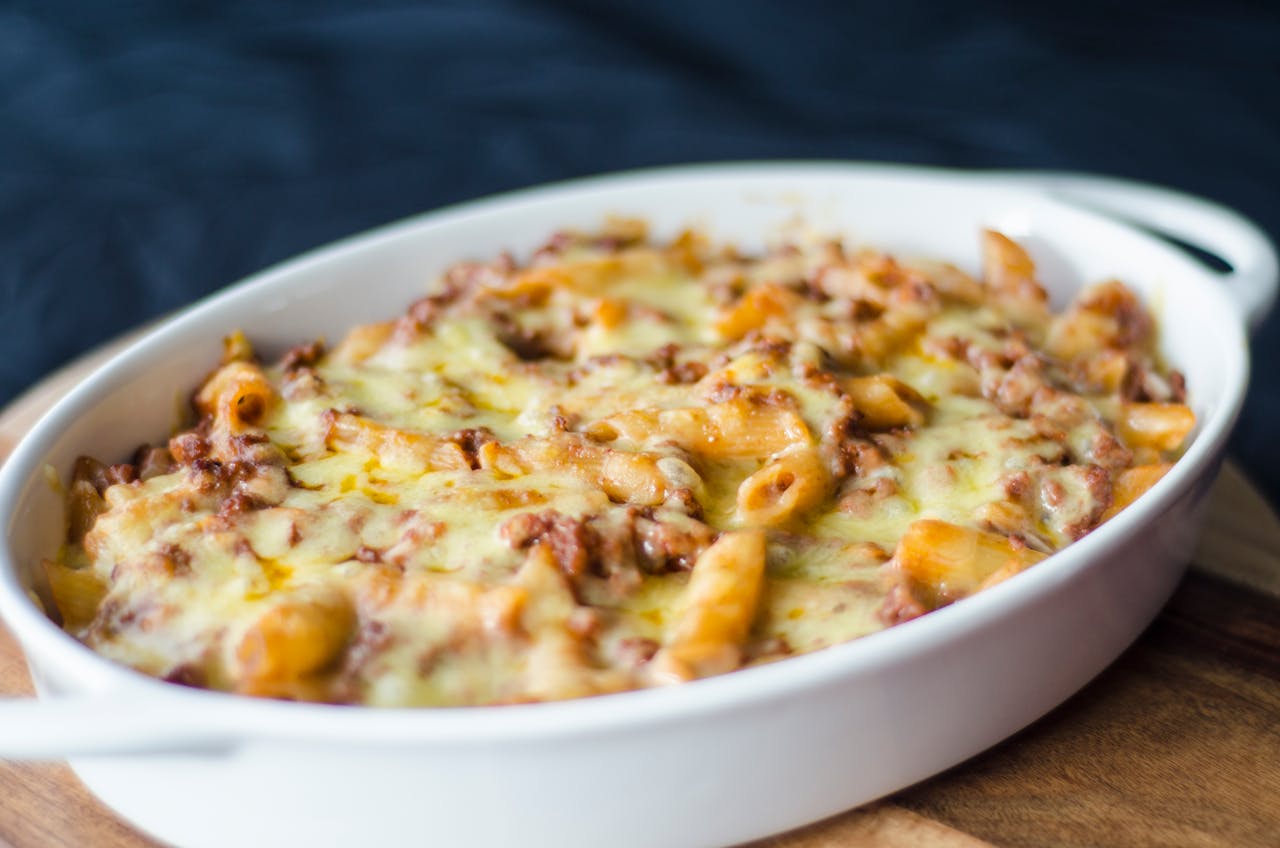
Nancy Reagan rejected boxed macaroni and cheese as too heavy for official luncheons, steering chefs toward lighter, polished plates that matched her public style. Guests who expected cozy, casserole comfort met small portions, bright sauces, and careful plating that photographed well and kept the room alert. Former staff still recall the standing order, which nudged cooks to rely on fresh béchamel or skip the dish entirely, folding wellness and presentation into the definition of “presidential.”
Sweetbreads: The Not-So-Fancy Choice
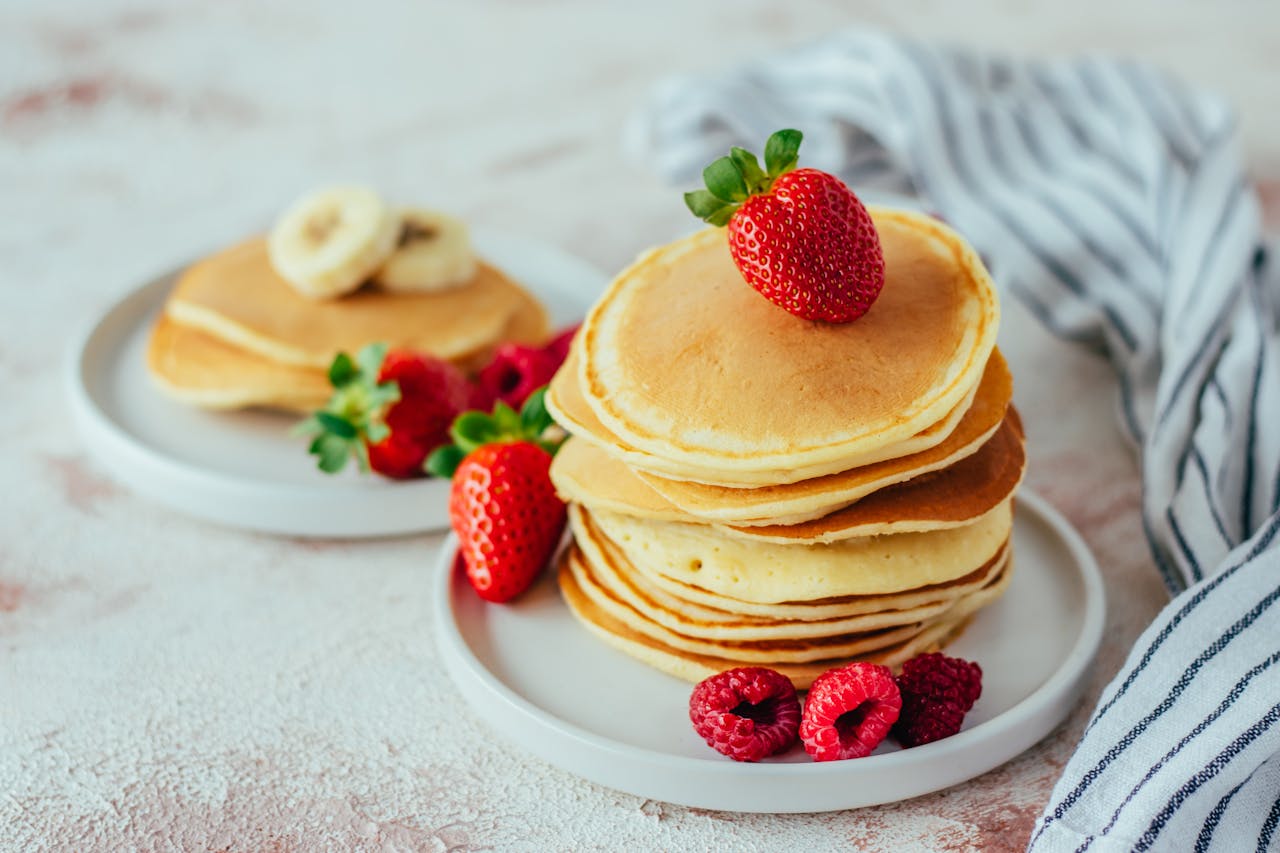
During Franklin and Eleanor Roosevelt’s tenure, a frugal housekeeper drove menus toward repetition, and sweetbreads appeared with numbing regularity. FDR complained in a letter that he ate them six times a week, enough to revolt his stomach, while writers mocked the era’s state dinners as forgettable. The lesson stuck: economy without variety can sour morale. Later administrations kept thrift in mind but gave chefs room to rotate proteins so diplomacy did not taste like reruns.
The Dislike of Soup
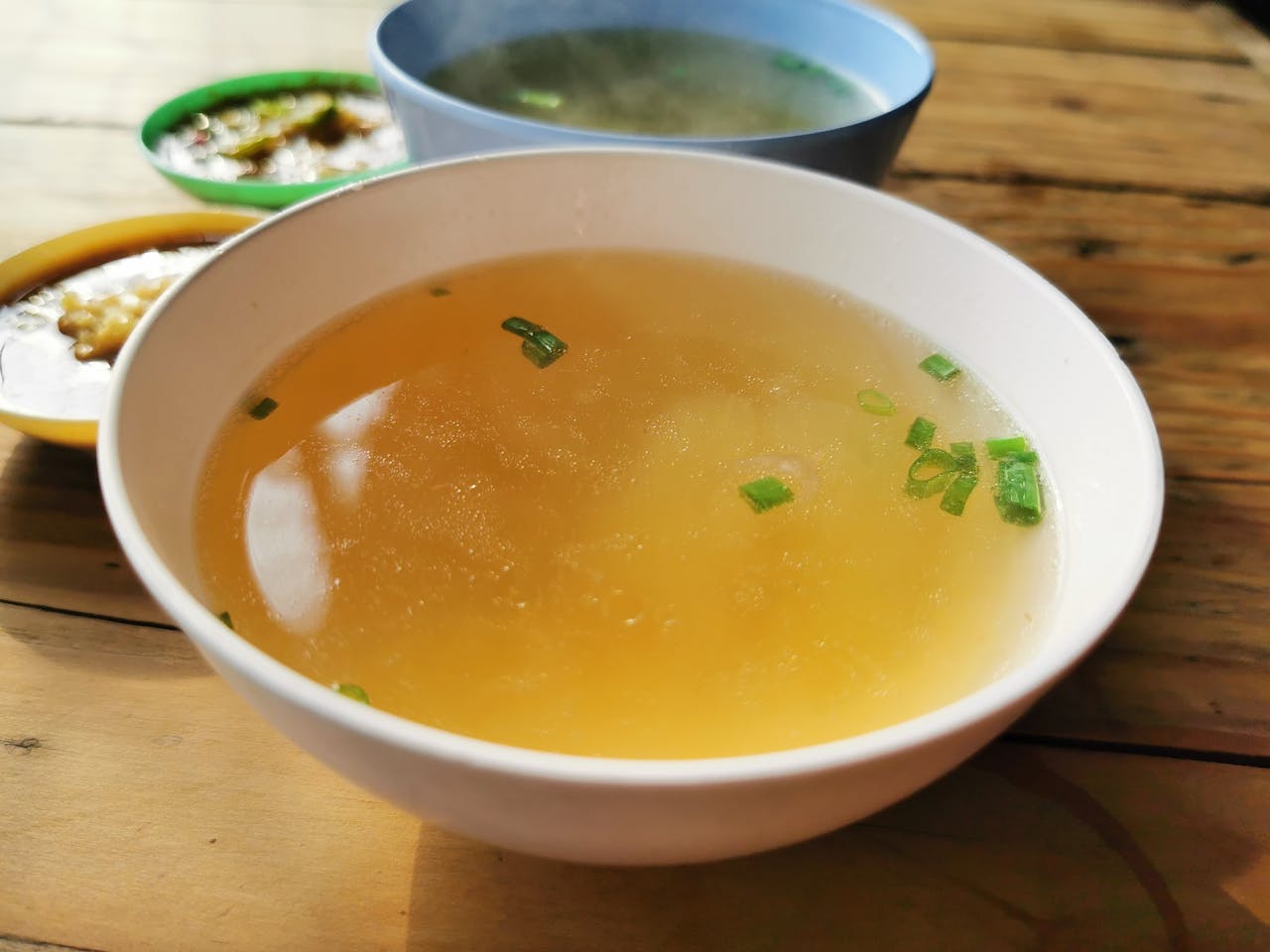
Richard Nixon’s aversion to soup led staff to drop the course from formal dinners, a break with global expectations. The omission puzzled visiting delegations, yet the kitchen held the line, reshaping pacing with more substantial starters and tighter timing between entrées and dessert. A quiet preference ended up rewriting protocol, proving how a single veto from the residence can ripple through diplomacy, staffing, and the choreography of meals built to please a room full of ambassadors.
Stinky Cheese Rebuffed
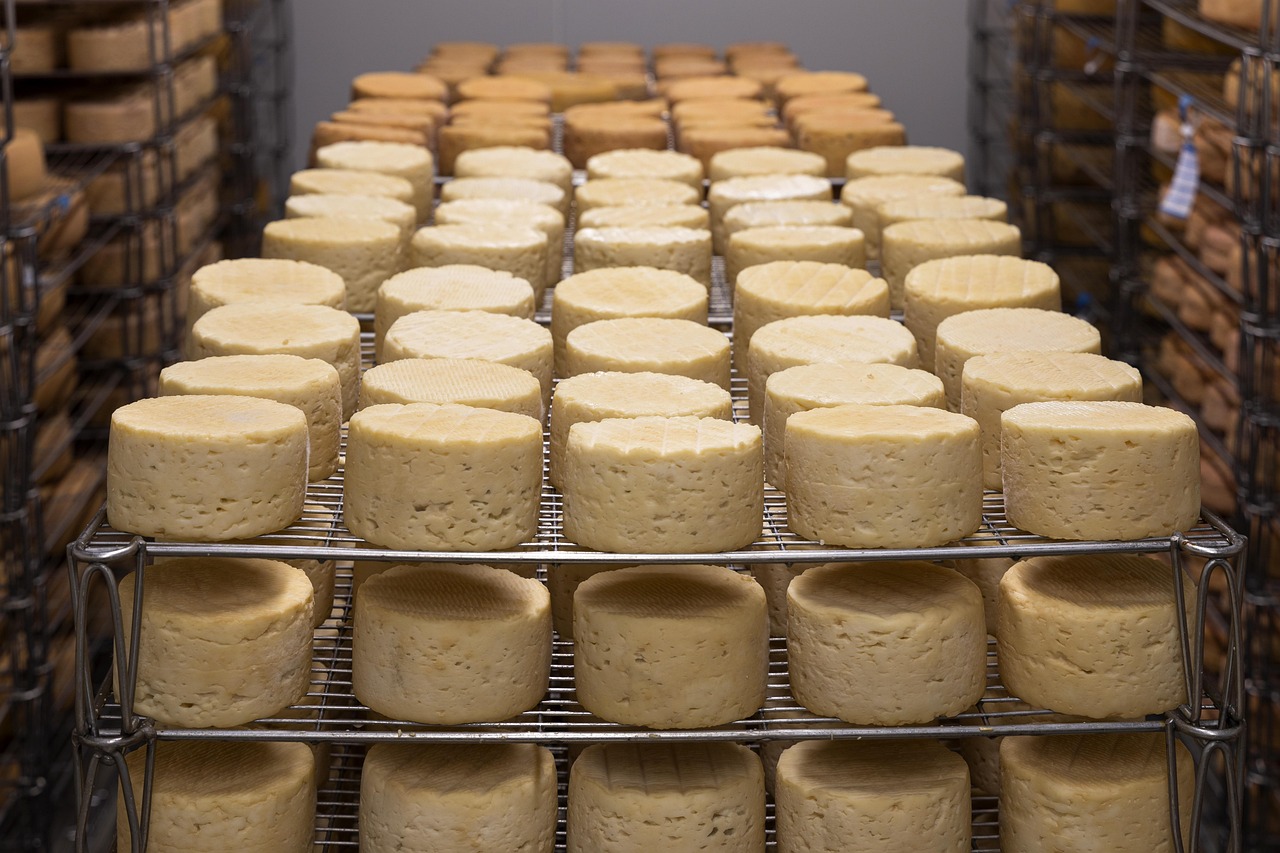
After Andrew Jackson’s giant cheese gift saturated rooms with odor, Martin Van Buren banned pungent wheels from receptions. Staff aired drapes, scrubbed surfaces, and learned to decline oversized dairy tributes with a smile. The policy outlived the stink, tightening rules around edible gifts and what aromas could claim the public spaces. Even today, the episode reads like a cautionary tale: hospitality should welcome guests, not haunt upholstery long after the last handshake leaves the East Room.
Alcohol Goes Dry

Jimmy Carter favored restraint and scaled back hard liquor in the residence, reducing spirits on hand and limiting service at many formal events. The move matched his modest persona and public tone, with staff leaning on lighter pours and careful wine choices when appropriate. It was not absolute prohibition, but the bar went quiet. A small change at the sideboard sent a broader message about values, simplicity, and how a first family wanted evenings to feel.
Processed Food Ban
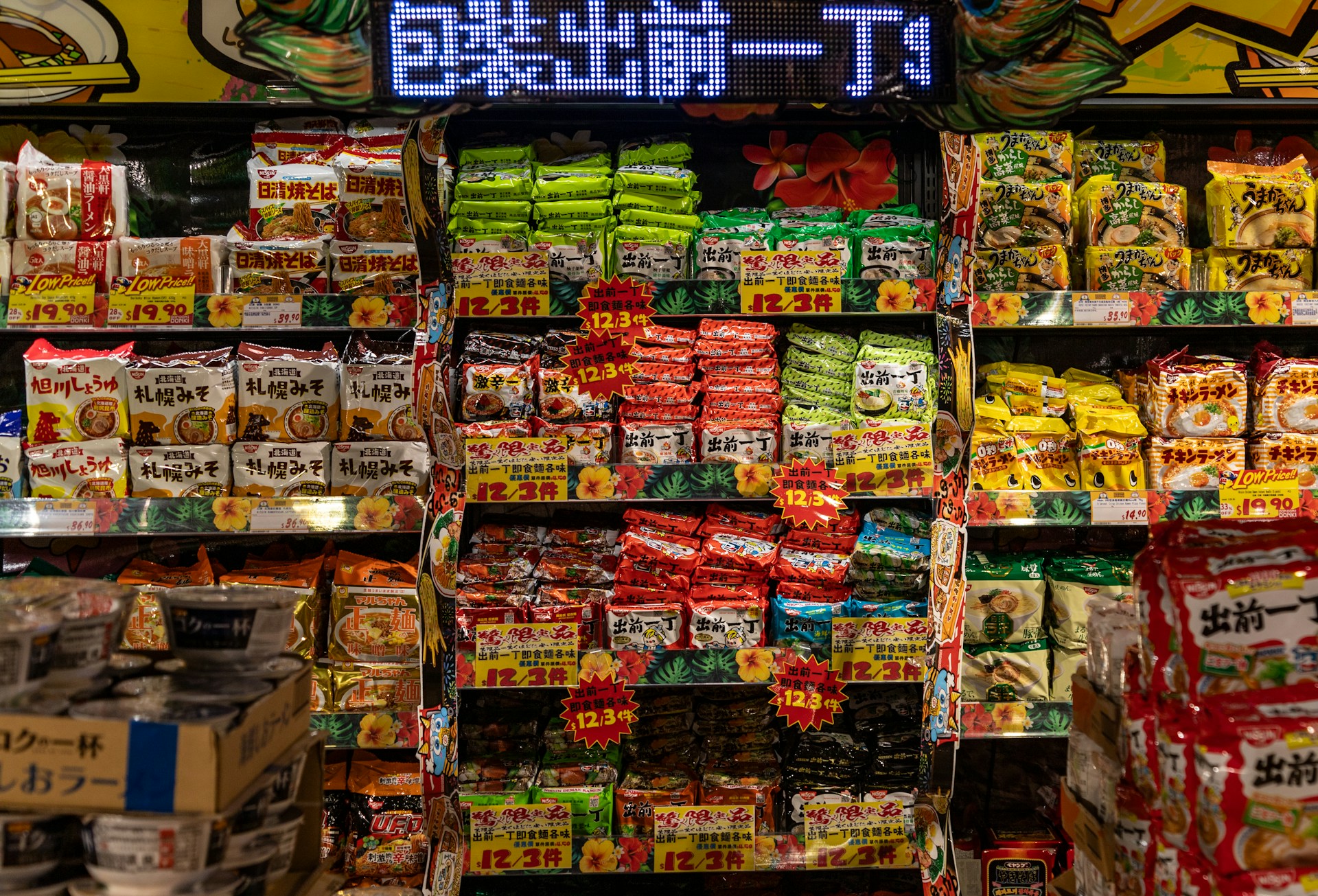
Michelle Obama’s kitchen rules mirrored her health advocacy, pushing out processed staples like boxed macaroni and cheese and pulling in fresh produce, whole grains, and from-scratch sauces. Her crack about cheese dust not being food captured the shift and aligned with the Let’s Move campaign. Chefs adapted quickly, surprising guests who remembered 1990s pantry habits. Menus kept comfort but sharpened ingredients, modeling a version of home cooking meant to travel well beyond the residence walls.
Lincoln’s Turkey Pardon
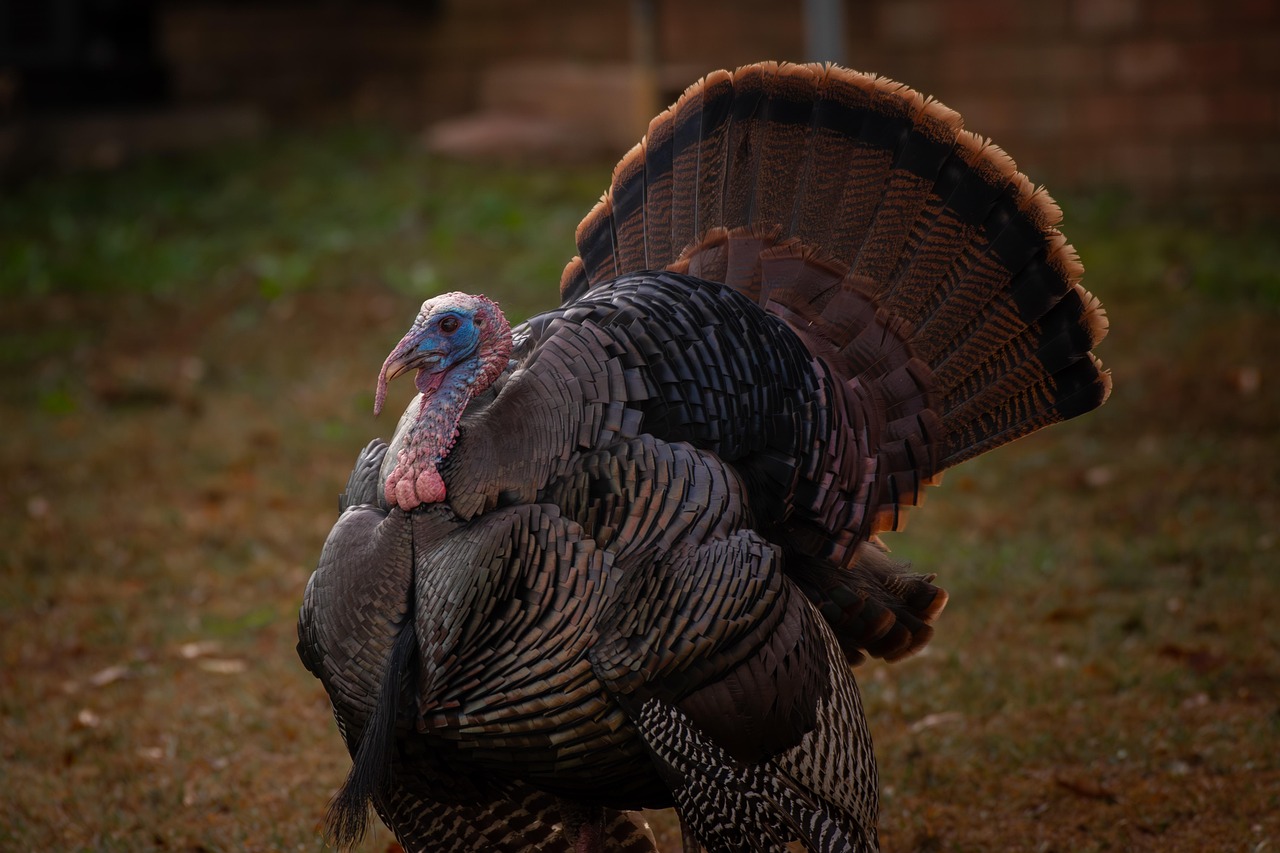
Abraham Lincoln spared a turkey named Jack at his son Tad’s urging, setting a tradition that keeps at least one holiday bird off the White House carving board. Later presidents formalized the pardon, sending turkeys to farms instead of kitchens. It began as a tender household moment and became a public ritual, equal parts whimsy and mercy. In a building where symbolism matters, a missing entrée tells a generous story the country enjoys repeating each November.
Raccoon: Off the Menu

Calvin Coolidge received a live raccoon as a suggested Thanksgiving dish and declined the idea on the spot. The animal became a pet, and the kitchen was told raccoon would never appear on a White House plate. Staff stories from the period carry relief and a few tales of the raccoon’s antics on the grounds. The choice drew a firm boundary around what counts as respectable fare, proving a single no can reset tradition with kindness and clarity.
String Beans Disinvited
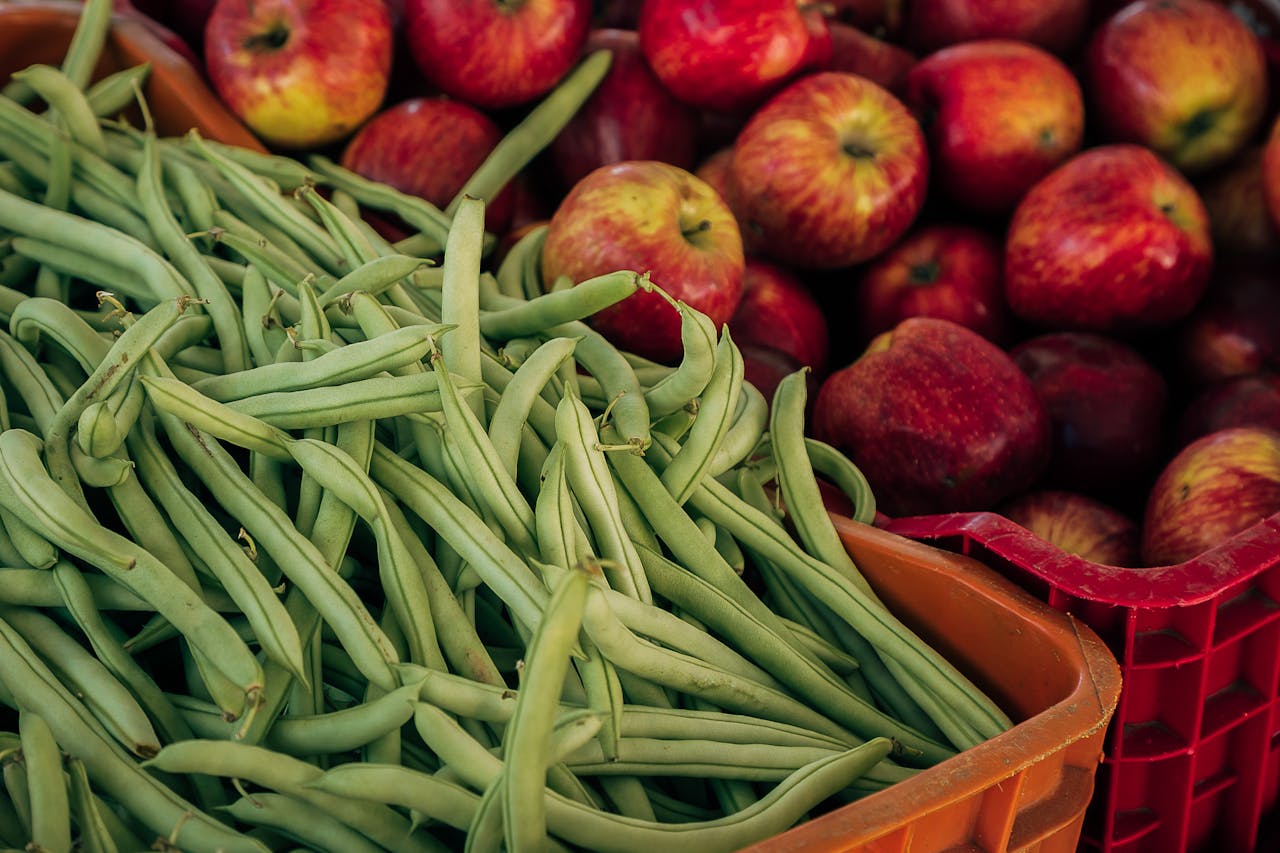
Lyndon Johnson drew a line on string beans with tough fibers, telling staff he did not have time to pick strings. From that moment, green beans left his table, and cooks pivoted to vegetables that delivered snap without fuss. Chef accounts say prep sped up and plating looked cleaner. It seems small, yet the rule shaped daily menus, demonstrating how a president’s minutes and texture preferences can quietly steer procurement, labor, and the rhythm of a working lunch.
No Boozy State Dinners
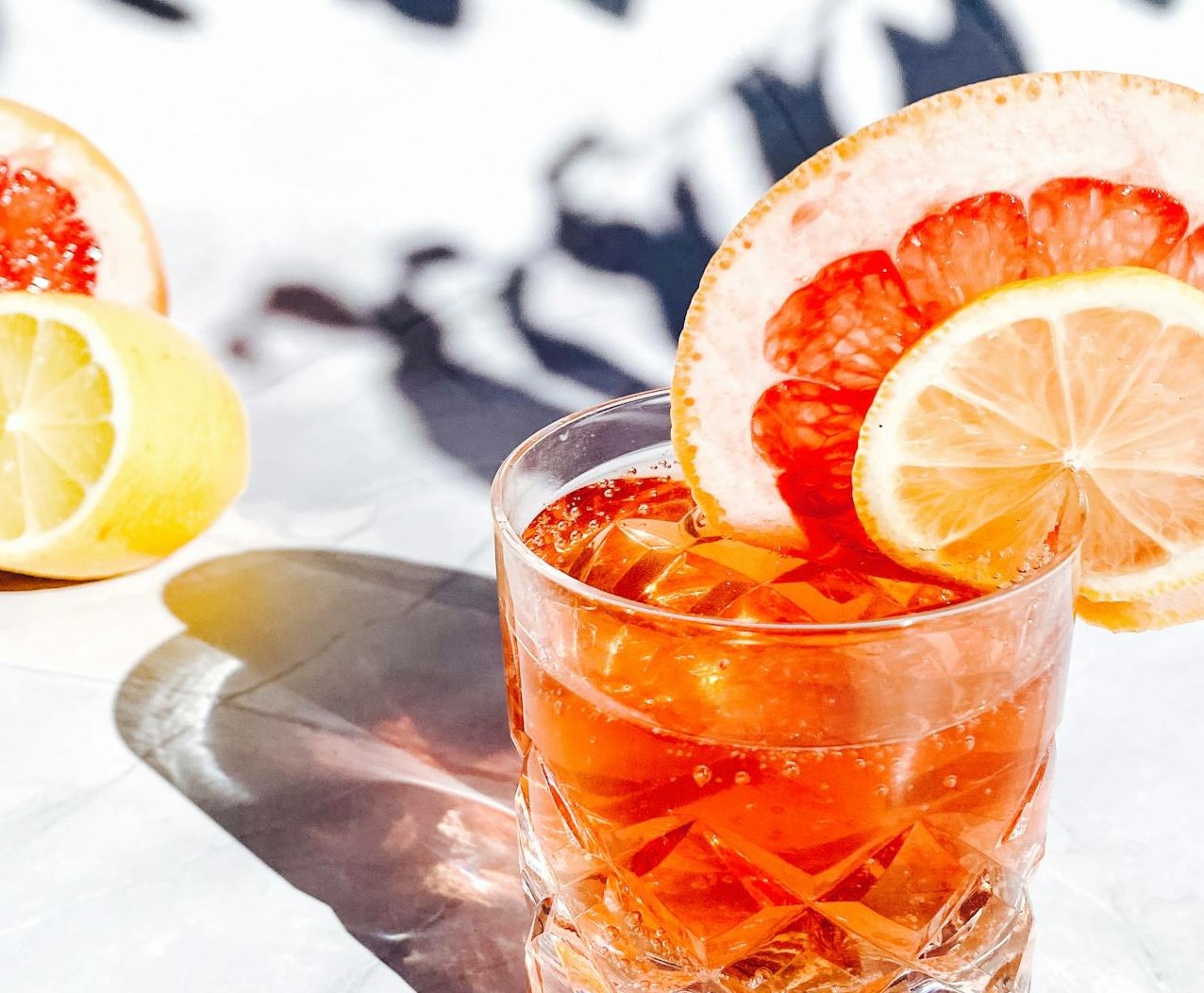
First Lady Lucy Hayes, remembered as Lemonade Lucy, presided over alcohol-free state dinners, pouring temperance into Washington’s most visible table. The choice reflected faith and the era’s shifting norms, and guests adjusted to refined punches, teas, and careful coffee service. Reporters noticed the quieter tone, which became part of her legacy. The policy showed hospitality does not require a wine list to feel gracious, especially when the principle behind it is clear and consistent.
Raw Onion Removal
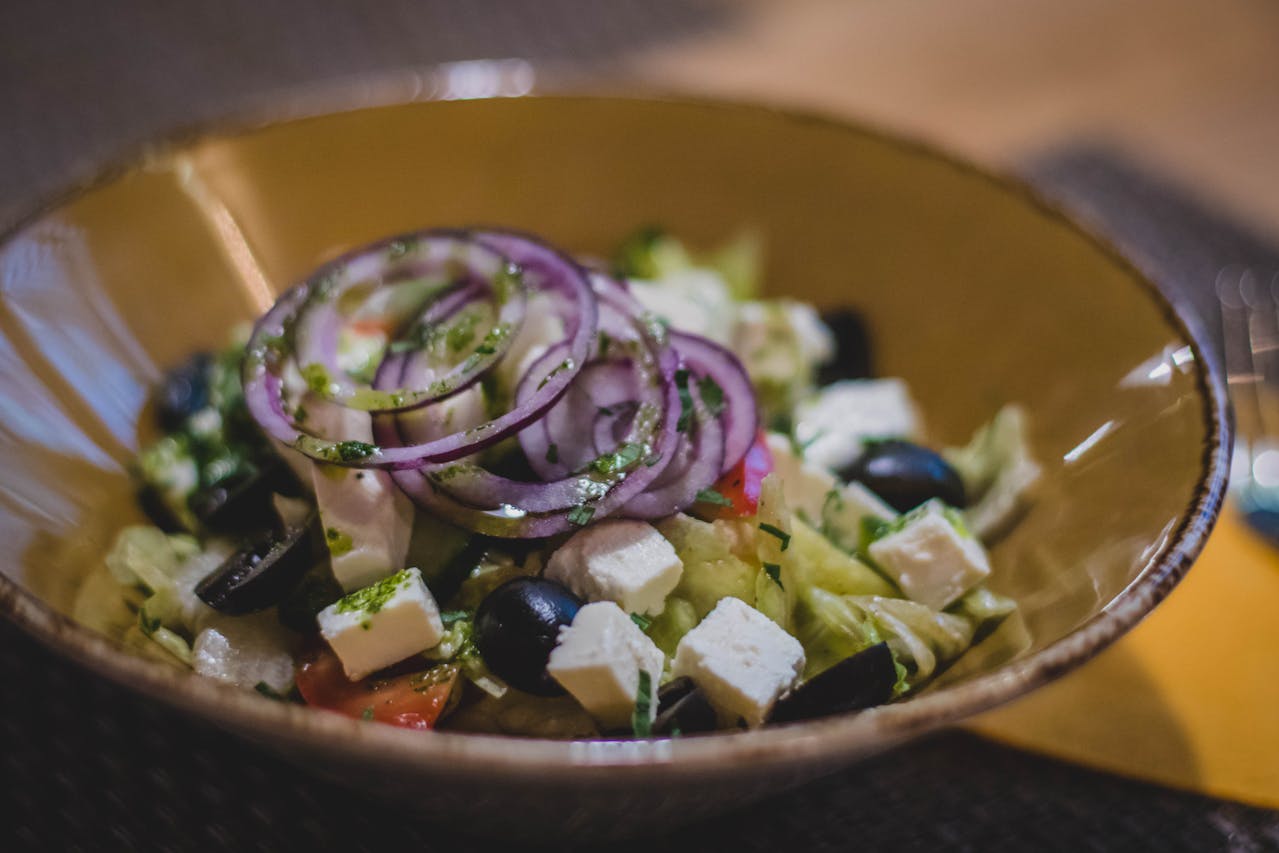
John F. Kennedy disliked raw onions enough to bar them from salads and sandwiches, a rule the kitchen followed with discipline. Chefs leaned on chives, cooked leeks, or sautéed onions to keep flavor without the sting that lingers past a meeting. The constraint protected both the president’s palate and the close-quarters conversations that define West Wing life. In practice, it became muscle memory: prep the produce, hold the raw bite, and keep the room fresh.
Beefless Days
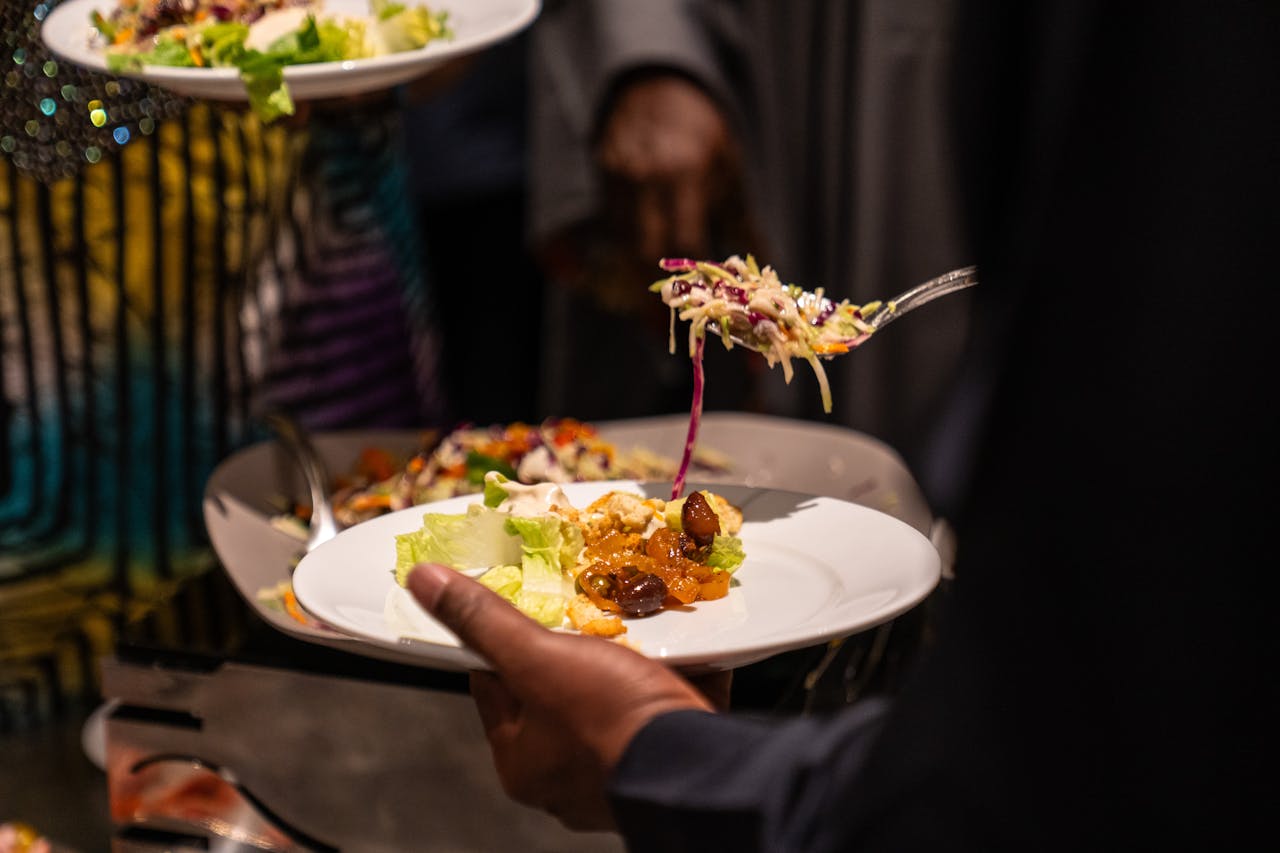
Woodrow Wilson backed wartime rationing with meatless Mondays and wheatless Wednesdays, lifting those limits into the formal cadence of White House meals. Menus became messages, showing solidarity with households asked to stretch staples. Guests met inventive plates that did more with beans, vegetables, and grains, and the symbolism landed. In that season, absence spoke as loudly as any toast. The country saw a president eating by the same rules he asked others to honor.
Liver’s Quiet Exit
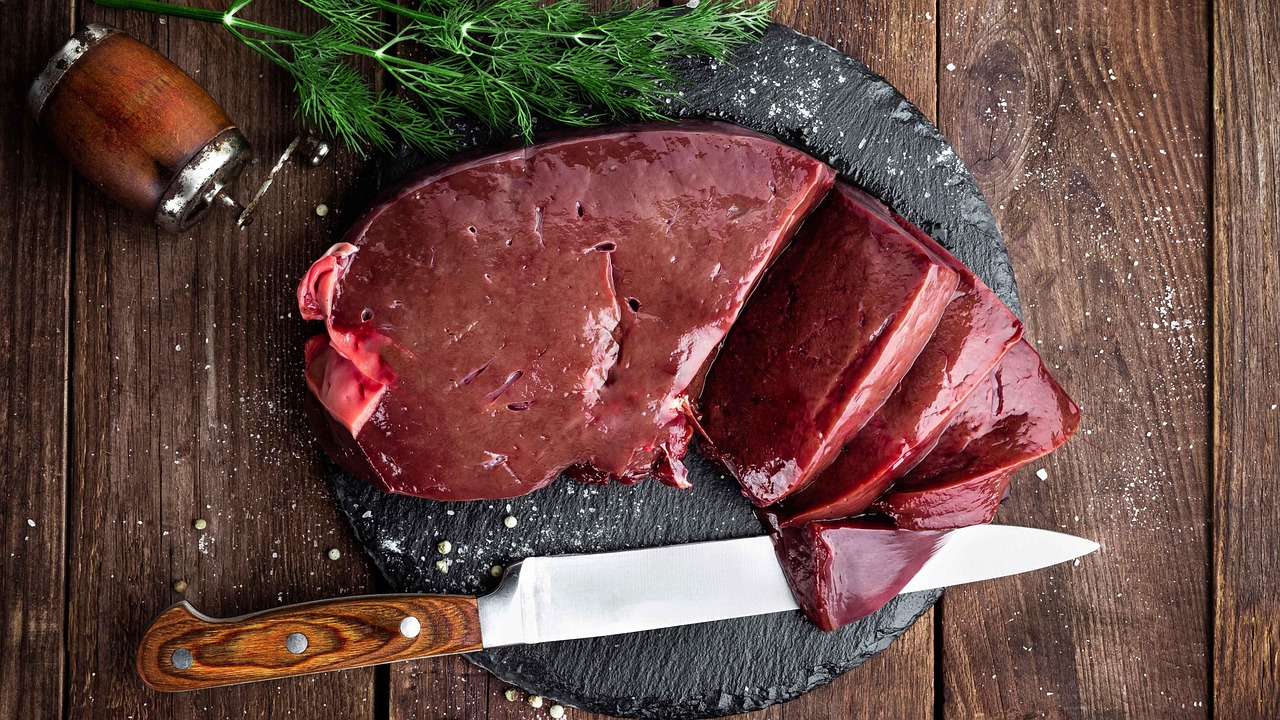
Dwight Eisenhower’s dislike for liver took the organ off White House menus and Air Force One without ceremony. Chefs simply planned around it, protecting the comfort of a leader who valued straightforward food and clear decisions. Inventory shifted, and the dining room never noticed the missing course. The absence reads as a practical accommodation, a reminder that preference can be final when the job already demands compromise everywhere else a day’s schedule will reach.
The Tomato Timing Rule
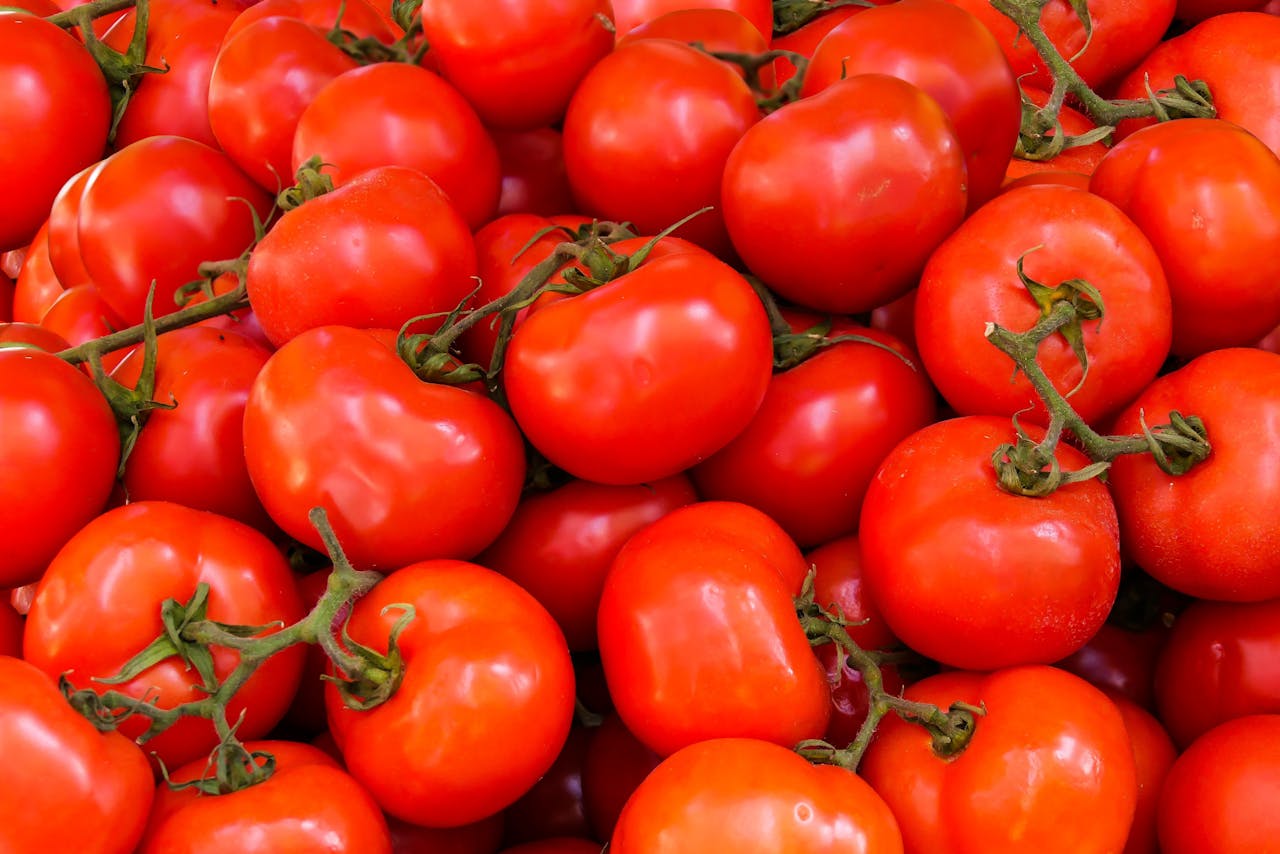
Barack Obama asked for tomatoes only in season, pushing the kitchen to chase peak flavor and build winter workarounds. Staff relied on preserved sauces, roasted peppers, and hardy greens when vines were quiet, then brought fresh tomatoes back when summer allowed. The stance fit a broader emphasis on freshness, gardens, and smart sourcing. It also sharpened creativity, proving a well-chosen constraint can make a plate sing when the ingredient finally deserves the spotlight.
